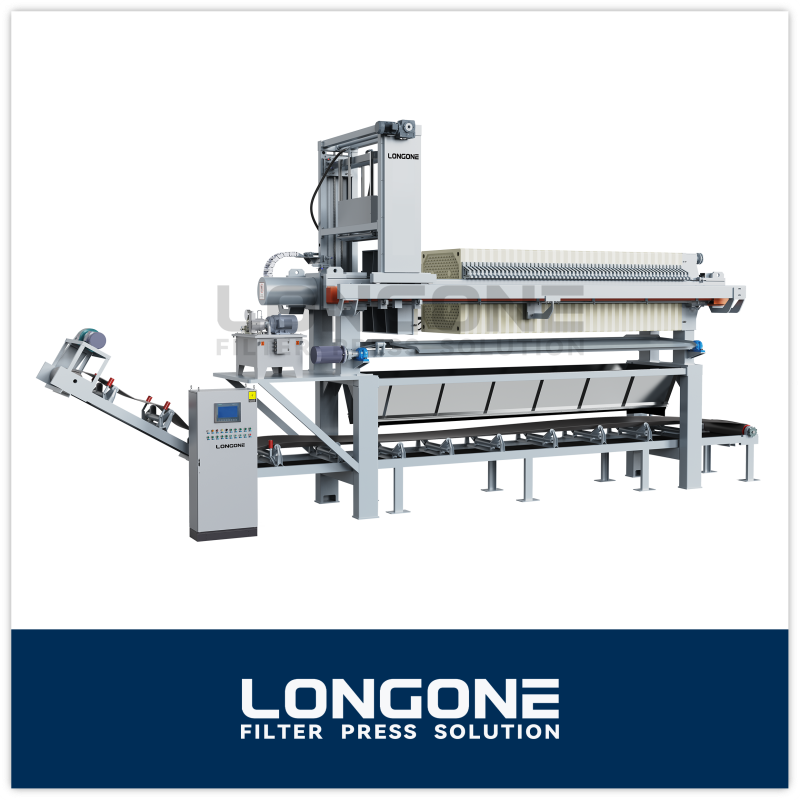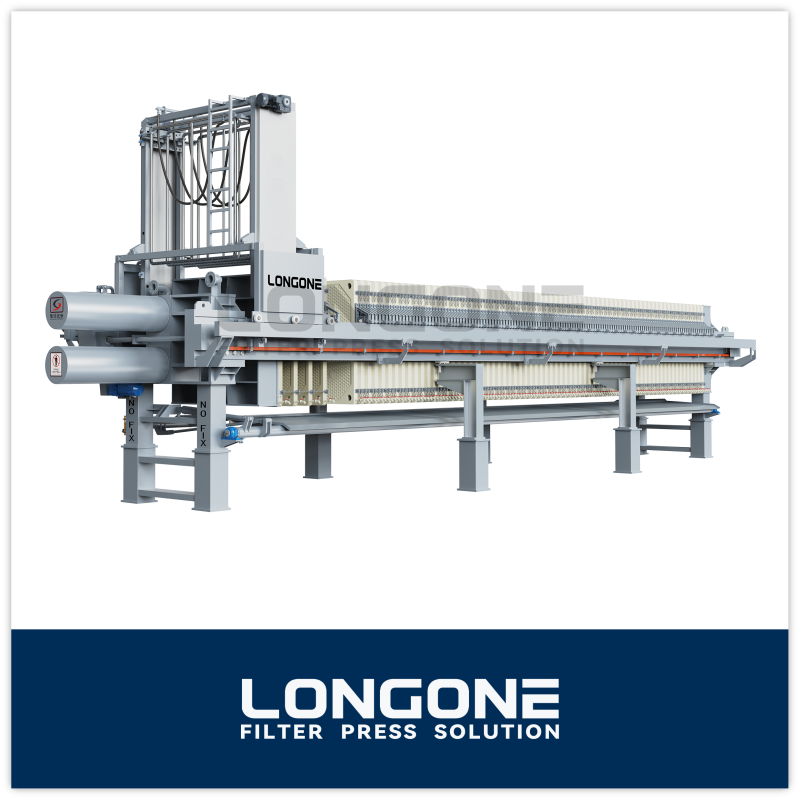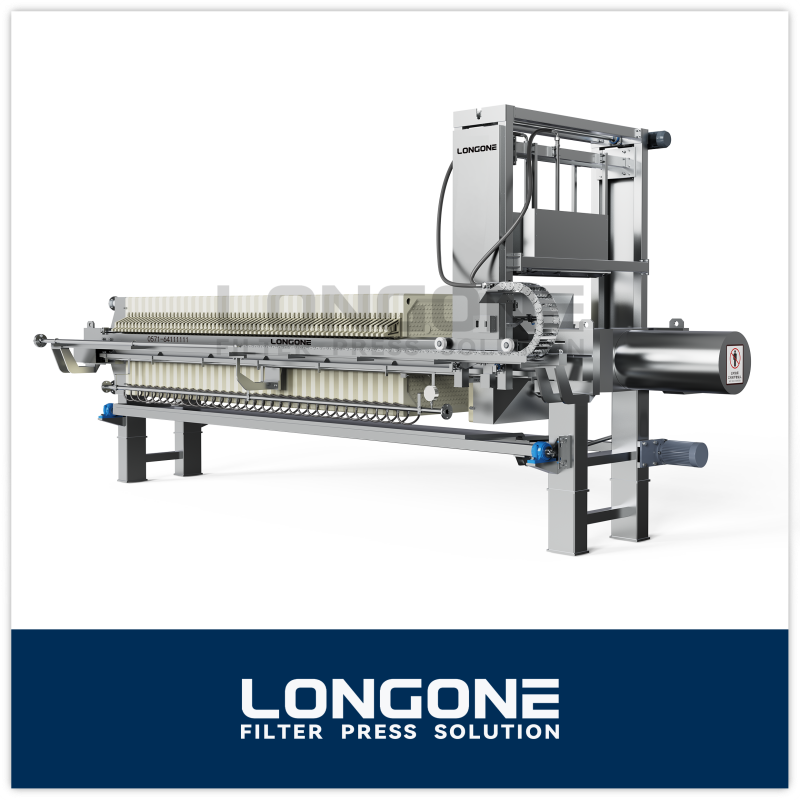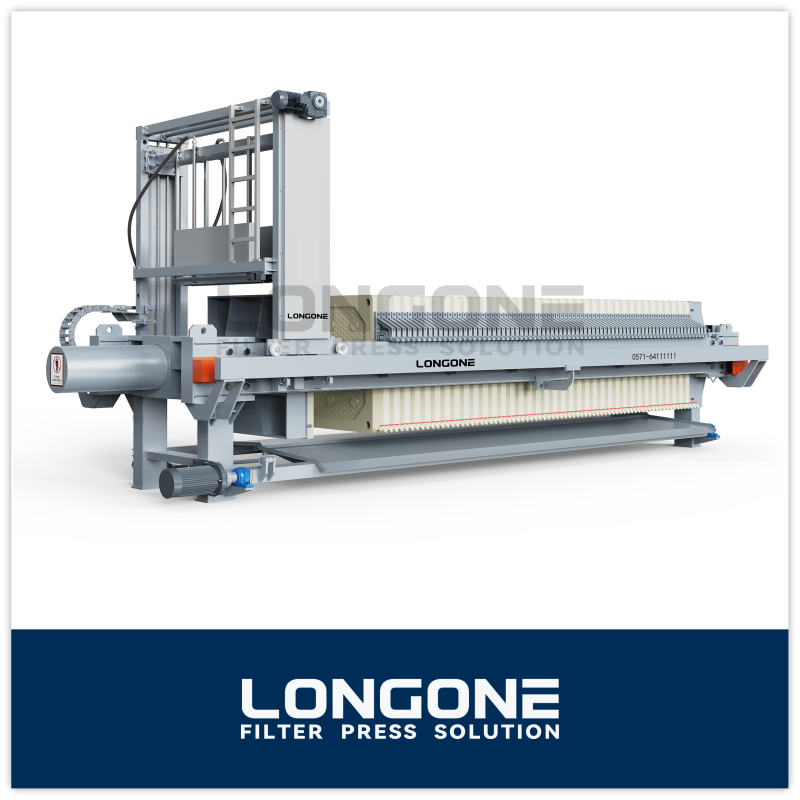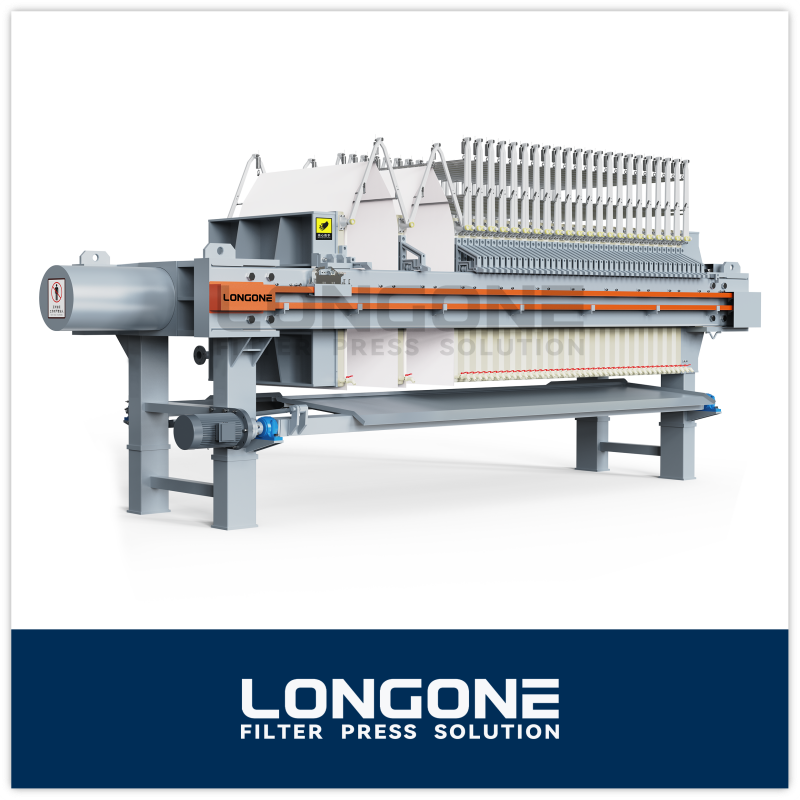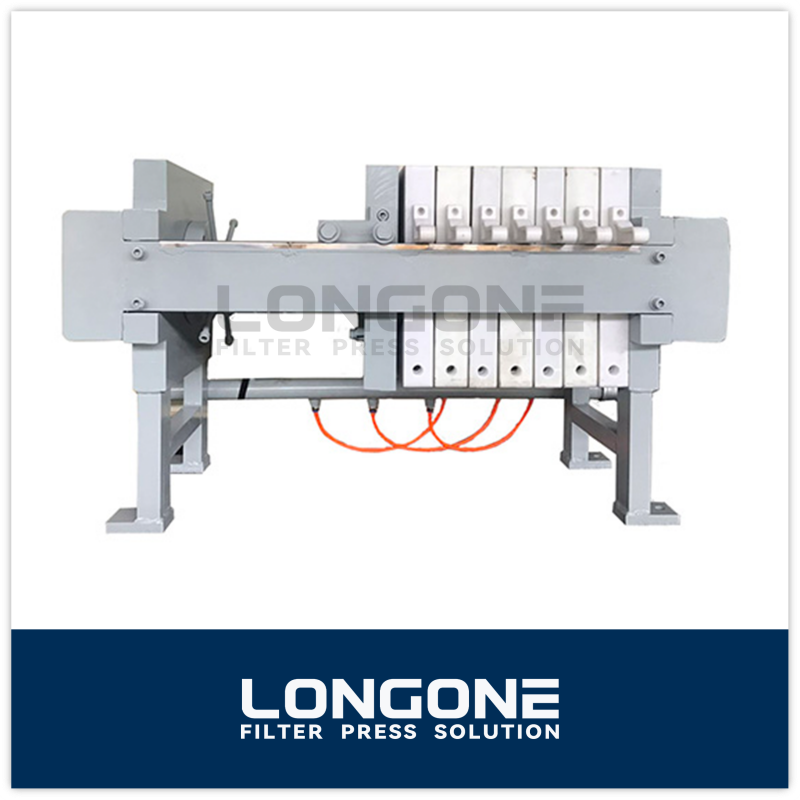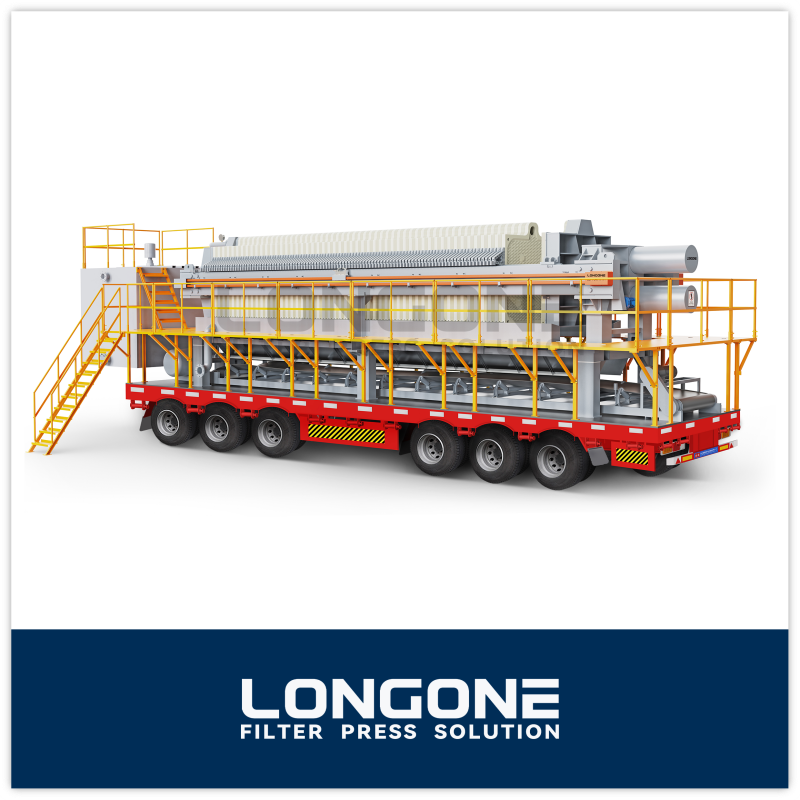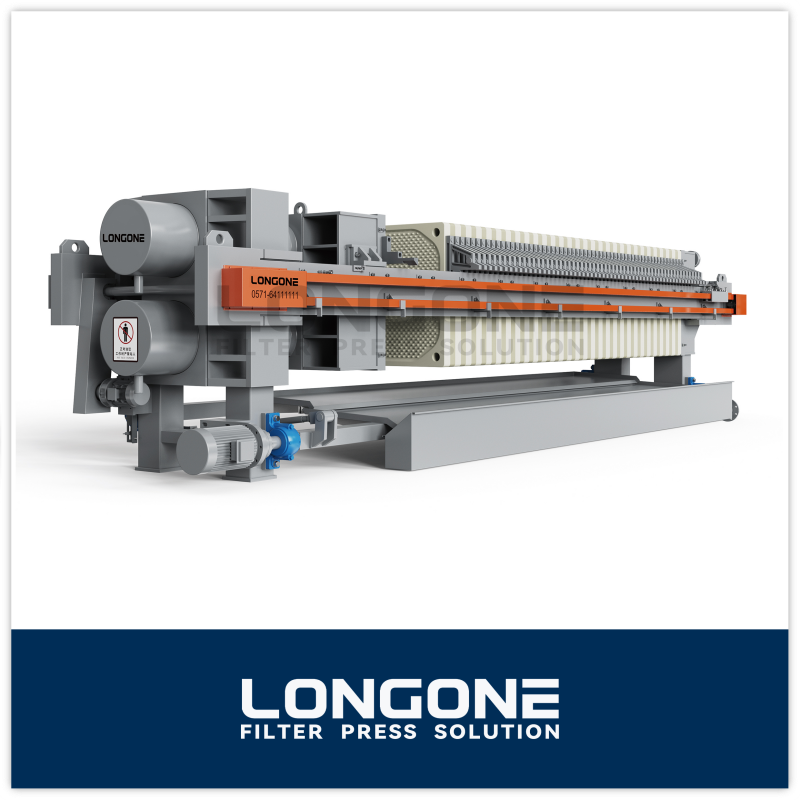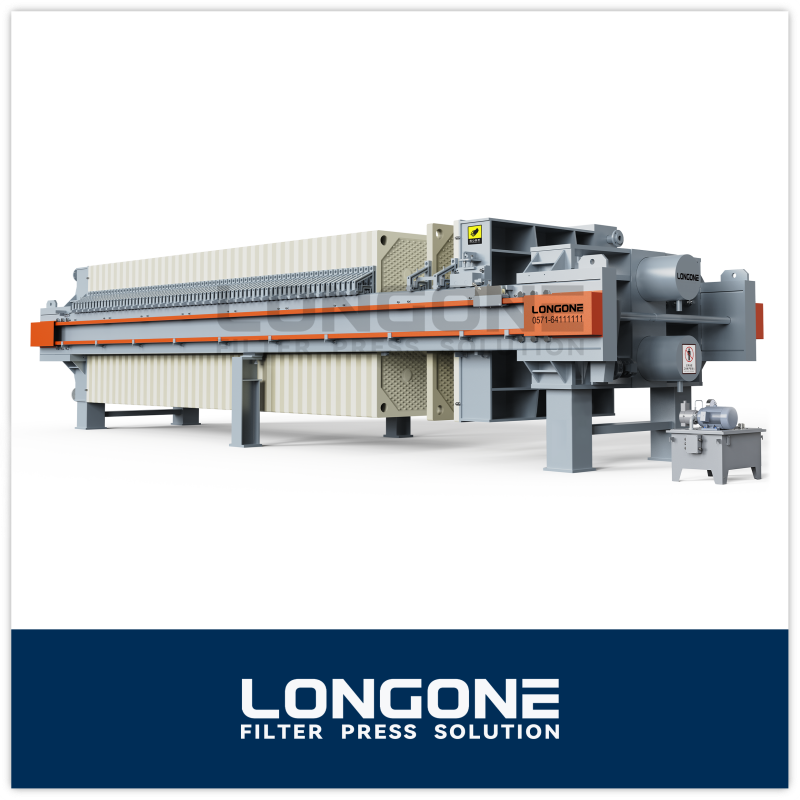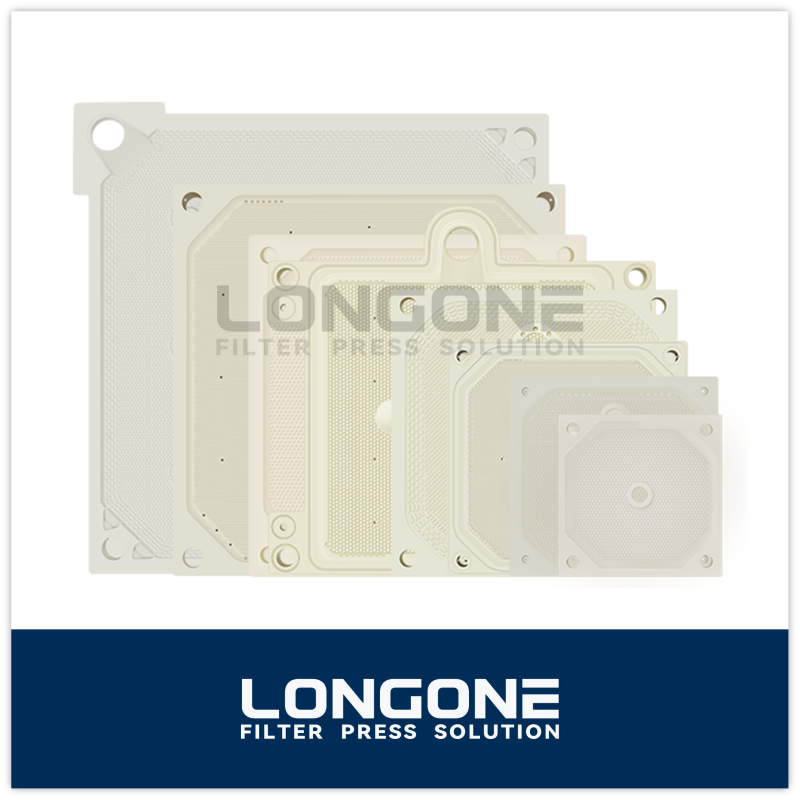The filter presses, one of the earliest solid-liquid separation devices, have played a critical role in industrial processes since its inception. The filter press is famous for its simplicity, operational safety, and ability to handle challenging materials. There are many materials that can be processed by a filter press, ranging from high-viscosity fluids, to fine particles, and high-solids-content slurries. The traditional filter presses have undergone significant technological advancements over centuries. From rudimentary manual designs to fully automated system design, its evolution reflects the requirements of industry, environmental regulations, and material science breakthroughs. This article traces the historical development of filter presses, highlighting key innovations, global contributions, and their expanding applications across industries.
1. Early Origins: Manual and Semi-Automatic Designs:
The earliest filter presses emerged in the 19th century. At that time, the filter presses were just simple mechanical devices. Initially constructed from wood and cast iron, these early models relied on manual labor for critical functions such as filter plate pressing and filter cake discharge. Operators manually tightened screws or levers to compress the filter plates. This process was labor-intensive and inefficient. Despite these limitations, the basic principles of filtration—using a series of alternating filter plates and frames lined with filter cloths—laid the foundation for modern automatic filter presses.
By the early 20th century, materials like aluminum began replacing wood, improving durability and corrosion resistance. However, until the mid-20th century, the hydraulic systems and mechanized components revolutionized the industry.
2. The Automation Revolution (1950s–1970s):
Japan's Pioneering Contributions:
The 1950s marked a turning point with Japan's Kurita Machinery Works leading the charge in automation. In 1958, Kurita developed the world's first fully automatic filter presses. This RF-type automatic filter press introduced hydraulic pressing mechanisms and automated plate shifting, eliminating manual intervention. Its debut in Osaka marks the arrival of a new era of efficiency, especially in pollution control.
By 1963, the RF model was adapted for steelmaking applications, serving as a dewatering system for converter dust. It is a critical step in reducing industrial emissions and recovering valuable metals.
Breakthroughs in Dewatering Efficiency:
In 1971, Kurita unveiled the MF-type automatic filter presses, incorporating a natural rubber diaphragm and compression mechanism within the filter chamber. This innovation significantly improved cake dryness by applying secondary pressure to squeeze residual moisture from the filter cake, reducing moisture content by 15–30% compared to traditional designs.
In 1976, the JMF2000 × 2000 × 80 chamber filter press continued to pursue the expansion of filtration area, achieving a record breaking filtration area of 560 ㎡. This model is equipped with a filter cloth cleaning system and an enhanced pressure filtration unit, meeting the large-scale industrial needs from petroleum refining to municipal wastewater treatment.
3. Soviet and European Innovations:
3.1 Ukraine's Vertical Filter Press:
Parallel to Japan's advancements, the Ukrainian Chemical Machinery Research Institute developed vertical filter presses in the 1950s. Their ФЛАК-type vertical automatic filter presses gained traction in Eastern Europe, and by the 1960s, the upgraded ФЛАКМ model incorporated compression mechanisms for denser filter cakes.
3.2 Finland's LAROX PF Series:
Finland's Larox Corporation acquired Ukrainian patents in the 1970s, refining the vertical design into the LAROX PF-type filter press. Optimized for mineral processing, this model achieved commercial success in ore concentration plants, where high-density slurries demanded robust filtration. Its economic impact solidified vertical filter presses as a niche solution for mining and metallurgy.
4. Global Standardization and Diversification:
By the late 20th century, filter presses had become standardized across industrialized nations. Key trends included:
Scalability: Ranging from compact 0.1 m² lab units to massive 1,727 m² industrial systems (e.g., German and Spanish manufacturers).
Material Advancements: Aluminum and cast iron gave way to polypropylene (PP), offering chemical resistance, lightweight construction, and cost efficiency.
Specialization: Customized designs emerged for sectors like pharmaceuticals (sterile filtration) and petroleum (high-temperature wax separation).
5. China's Ascent in AutomaticFilter Press Manufacturing:
China's filter press industry began in the 1960s, driven by metallurgical needs. Key milestones include:
1970: The 3.3 m² vertical automatic filter press, developed by Beijing Nonferrous Metals Design Institute and trialed at Shanghai's 901 Plant, effectively filtered nickel concentrate and rare earth ores.
1982: The XAZ40-810/30 PP automatic filter press incorporated polypropylene filter plates and membranes plates, enhancing corrosion resistance.
Post-1990s: Rapid expansion saw domestic models like the XMZ60-1000/30 achieve filtration areas up to 1,000 m², catering to coal washing, chemical processing, and wastewater treatment.
Today, China dominates the mid-range market, exporting cost-effective PP filter presses to Southeast Asia and Africa, while European firms like Andritz and Larox lead in equipment manufacturing.
6. Modern Applications and Environmental Impact:
Automatic filter press is now a key tool for sustainable development plans:
Wastewater treatment: Automatic filter presses reduce sludge volume by 60-80%, achieving safer disposal or reuse.
Resource Recycling: Automatic filter presses extract metals from mining tailings or recycled industrial by-products.
Energy Sector: Automatic filter presses are widely used in dewaxing heavy oil, lubricating oil purification, and biofuel processing.
Emerging Fields: Dehydration of lithium battery slurry, sterile filtration for pharmaceuticals, and synthesis of ceramic materials, all of which require the use of automatic filter presses.
7. Technological Frontiers and Future Directions:
7.1 Intelligent Systems:
Modern automatic filter presses integrate IoT sensors and AI algorithms to optimize cycle times, predict maintenance needs, and adjust pressure dynamically. For example, real-time moisture sensors can terminate cycles once target dryness is achieved, saving energy.
7.2 Green Manufacturing:
Efforts focus on reducing carbon footprints through:
Lightweight Materials: Carbon fiber-reinforced plates.
Energy Recovery: Capturing heat from hydraulic systems.
Closed-Loop Water Systems: Minimizing freshwater use in cloth cleaning.
7.3 Hybrid Designs:
Combining pressure filtration with centrifugation or vacuum systems enhances performance for ultrafine particles (<1 µm), opening doors to nanotechnology and biopharma applications.
From the initial handmade wooden equipment to today's AI driven behemoths, automatic filter presses constantly adapt to the challenges of industry and the environment. Although Japan and Europe are pioneers in automation and efficient design, the rise of China highlights the importance of affordability and scalability. As industry strives to cope with stricter environmental regulations and resource shortages, automatic filter presses remain indispensable.


